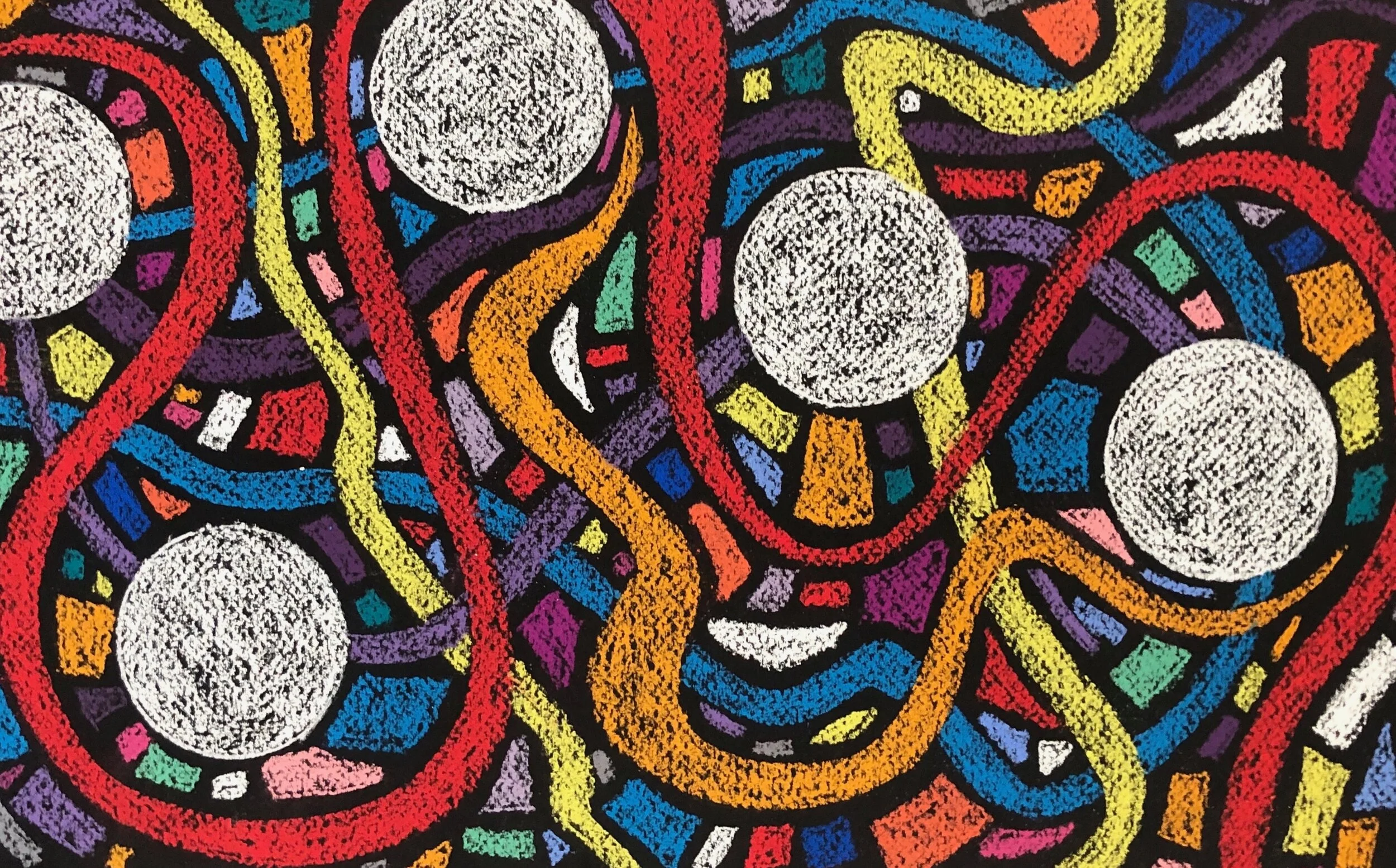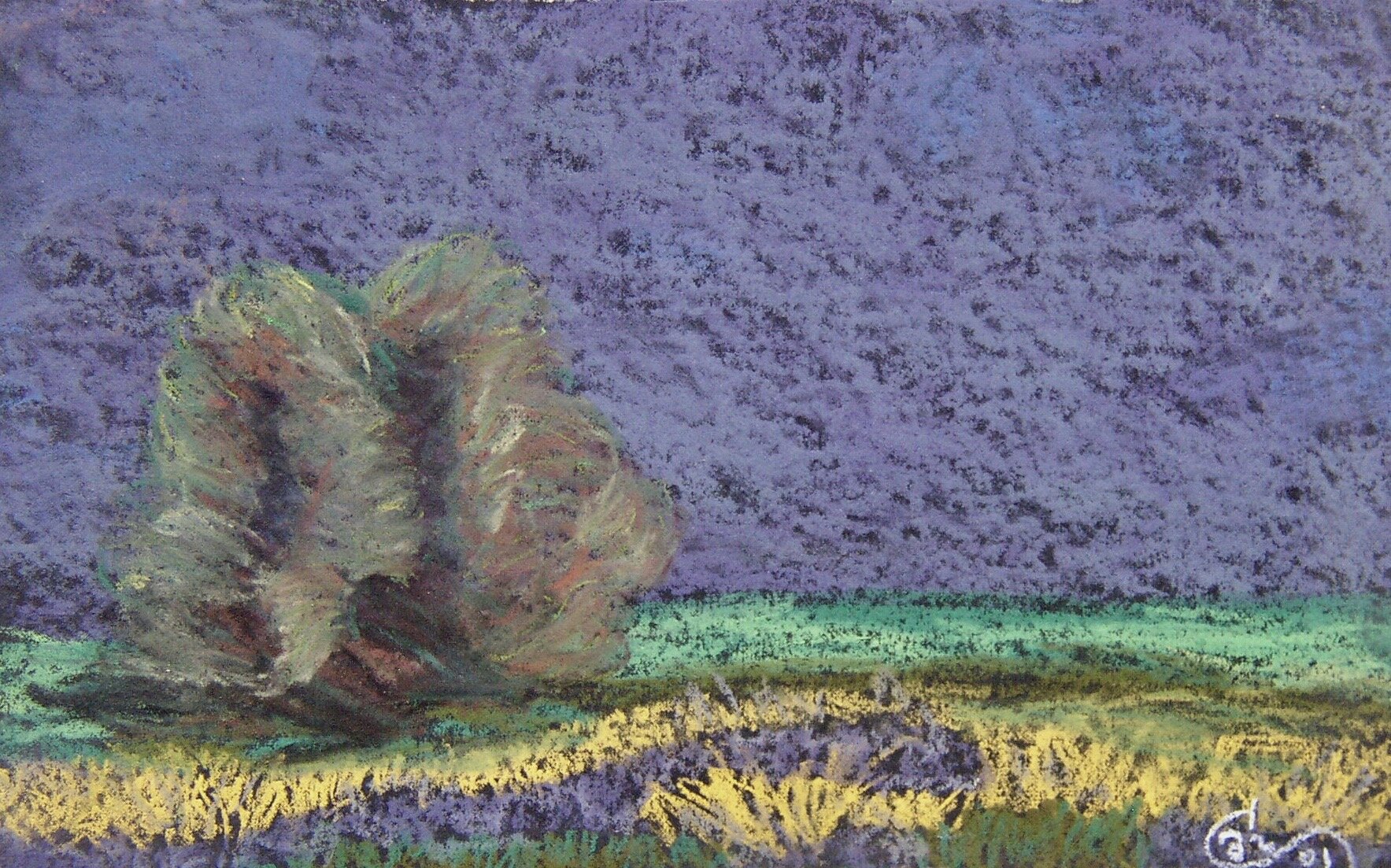Bleeding with Vincent van Gogh
Twice a week for the past month and a half, I have voluntarily spent one hour bleeding with Vincent van Gogh. That’s right: I became a plasma donor.
I first heard of plasma donation back in college. A plasma center that advertised in the school paper claimed you could donate plasma and get cash in return. Curious about this sketchy-sounding arrangement, I visited the center and found it brimming with transients, beggars, and homeless hobos. It looked like a great place to get hepatitis. I decided to pass.
Fast forward a few years (okay, a few decades) and I found myself reconsidering plasma donation, thanks to the freaking bat disease that put a screeching halt to my paycheck. Turns out there’s a plasma center near us and, spurred on by a desire to stay current on bills, I decided to give it a try. Cash for plasma? What’s the downside, right?
What I expected to find were the usual suspects: drug addicts, criminals, thugs with face tattoos, nose rings, and names like Ice Pick and Crusher. Instead, I walked into a clean, well-lit, modern facility staffed by medical professionals wearing masks, gloves, and face shields. And the clients all looked like I felt: slightly bewildered, a little embarrassed to be there, but ready to “earn” some desperately needed moolah. Oh, and anxious to help people, of course - like the wall-sized posters throughout the facility are quick to point out: “Your donation saves real lives!”
I soon learned that they don’t let just anybody save real lives. They have rigorous entrance requirements that include an extensive questionnaire, blood tests, and a medical exam. They want the best quality plasma from the highest quality suckers... I mean donors.
If you’ve never experienced the joy of having plasma drained from your body, let me assure you that it is a very simple, relaxing, and painless procedure. Except for the times when it is complex, nerve-racking, and painful. Which, for me, is most of the time.
Each visit requires a new checkup in which they test you for things like protein levels and ask strange and intrusive questions about your personal life. I mean, is it really any of their business if you’ve tested positive for HIV, used meth, or gotten any new body piercings since your last donation? If the answer to these is no, which it has been thus far for me, they give you the green light to head back to an area with dozens of cozy little couches. This is where the torture... er... donation takes place. I tend to think of these as the sofas of suffering.
Once you lie down, open your book, and start pretending you’re not about to be hooked up to a machine that will literally drain your lifeblood, a polite attendant comes and makes small talk while jamming a huge needle into your vein. You nod and smile beneath your mask (your attempt at maintaining the calm-as-a-cucumber, macho façade is that elaborate) and act like you don’t even notice that fluid is being sucked out of your arm and is traveling through a tube, away from where it belongs.
Piece of cake! That’s the mantra I use while trying not to eyeball that needle and trying not to feel it residing deep in my arm and trying not to keep checking to make sure I’m not leaking (which has happened three times and is horrifying!) and trying to mentally will the machine to hurry up and finish. But the thing is, you can’t hurry science, a good deed that will help others, or an opportunity to make relatively easy money. Nope. It takes the same amount of time whether you’re happy, sad, comfortable, about to jump out of your skin with anxiety or genuinely enjoying your book.
Which brings me (at last) to Vincent van Gogh. He has been my constant companion and very needed distraction - albeit, not always effective (especially when blood is trailing down my arm - “A little help over here...!”) - throughout these engagements. My dedicated plasma book has and continues to be Dear Theo: The Letters of Vincent van Gogh.
This collection of Vincent’s correspondence with this brother, Theo, is basically an autobiography of his life. It documents his work, disappointments, progress, worries, and victories. In addition to being a talented artist, Vincent was a writer who skillfully expressed himself, his passions, and his longings. There’s something quote-worthy on just about every page of the book.
This is my second time through, the first being in a non-needle-protruding-from-my-flesh setting. Rereading it in the plasma center accentuates the emotions and heightens the intensity of the drama. My own, anyway. (Yes, I am a wuss when it comes to blood and needles!)
What I’m remembering and learning about Vincent is that he struggled. Whether the issue was how to capture a landscape on canvas, how to afford food, how to make it in the art world, or how to deal with women, he was often in a place of frustration, even desperation.
Vincent never seemed to fit in. His first “career” as a pastor to miners ended badly. After gaining their trust by going down into the mines (think incarnational ministry), he fell ill. It was during this time, as he held small group meetings in his shack, preaching from bed, that his supervisors showed up. Deeming the situation unworthy of their prim and proper denomination, they revoked their support. Left without an occupation or income, he slowly and almost reluctantly turned to art.
“Thank God, I have my work, but instead of earning money by it, I need money to be able to work; that is the difficulty.” -Vincent van Gogh
Making a living as an artist was frowned upon back then. It’s still not a great idea, but in Vincent’s day, it was considered impossible. Artists were often viewed as slackers who were too lazy to do real work. And if they couldn’t sell their art, as in Vincent’s case, they were out of luck. Unless they had a patron.
Vincent’s patron was his brother, Theo, who faithfully supported his lifestyle. In other words, Theo funded all of the van Gogh masterpieces. Without him, no Starry Night, no Café Terrace at Night, no Bedroom in Arles, no sunflowers, wheat fields, or self-portraits.
I’m only halfway through the book (I never make it far when I’m concerned about bleeding out), but I know how the story ends. I’m already to the letters in which Vincent starts to sound a little frantic, frazzled, and hopeless. The mood swings are coming hard and fast.
Whether he committed suicide or was killed (I lean toward the latter theory), his life ended tragically and prematurely. We can only imagine what his body of work would have been if he’d had a few more years to paint.
Each time I find myself sitting there with a thick piece of steel piercing my arm, tubes filled with a bright red substance tethering me to a machine that churns and clicks and pops menacingly, I return to Vincent’s story and wind up thinking we have several things in common.
First, he was faced with great challenges and somehow persevered. I feel Vincent-like when I resist the urge to yank tubes and flee the sofa of suffering. Second, art was a lousy way to make a living. Similarly, plasma donation is not an especially fun way to pocket extra money. And third, Vincent led a difficult life, at one point, slicing off part of his ear. I understand and appreciate his pain every time I get poked.
My entire blood-for-money experience can be summed up in something Vincent once told his brother: “For the moment I am overcome by a great discouragement. I can foresee absolutely nothing; I see no way out.”
That’s exactly how I feel twice a week. Until they take the needle out, bandage me up, and send me home with my payment. Then it’s all good.




































